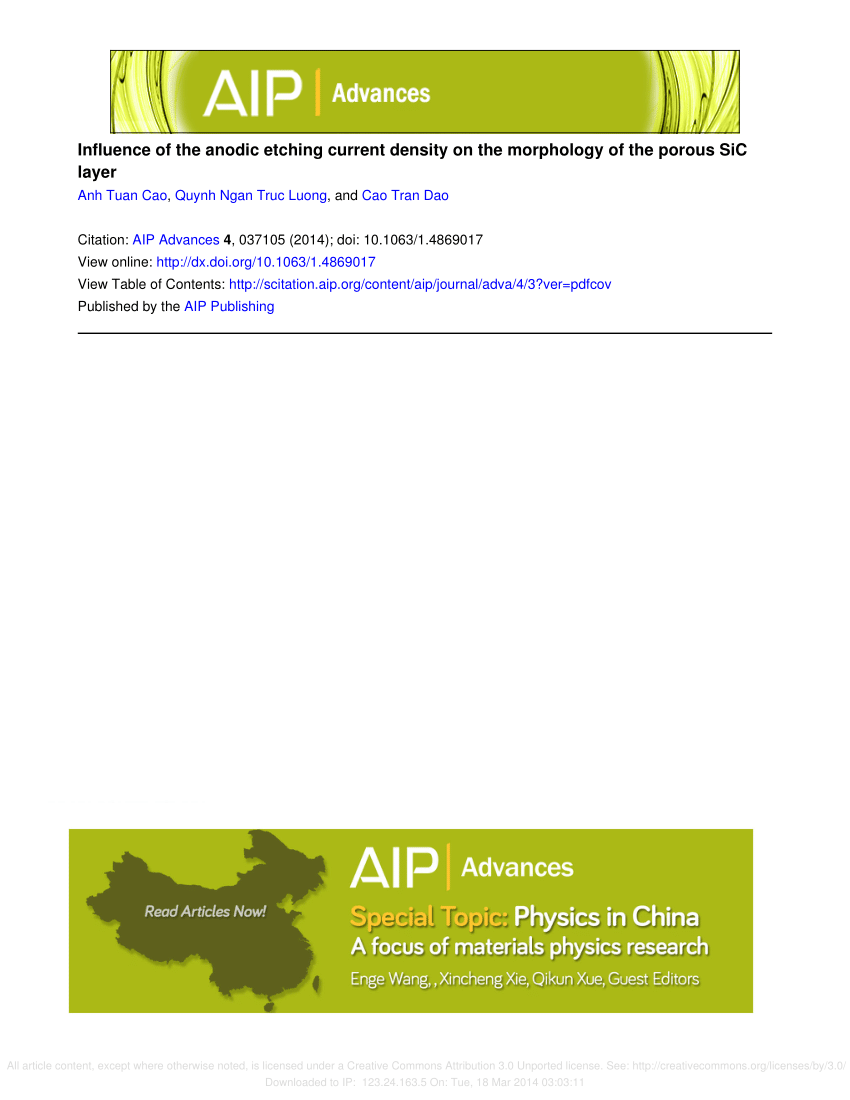Differences in microstructure and properties of Ti-based amorphous composites between recrystallization and partial remelting and semi-solid isothermal treatment
IF 1.4
4区 物理与天体物理
Q4 MATERIALS SCIENCE, MULTIDISCIPLINARY
引用次数: 0
Abstract
The as-cast specimens of Ti48Zr18V12Cu5Be17 amorphous composites were prepared by copper mold suction casting. Next, the as-cast specimens were treated using semi-solid isothermal treatment (SSIT) and recrystallization and partial remelting (RAP). The effects of SSIT and RAP on the microstructure and plasticity were analyzed. The results showed that the microstructure changed from fine crystals in the as-cast specimens to coarse bar crystals and near-spherical crystals in the SSIT and RAP specimens, respectively. The crystals of RAP specimens were finer and rounder than those of SSIT specimens due to recrystallization. In addition, the RAP specimens had high plasticity (20.93%), which is 428.5% and 45.2% higher than the as-cast and SSIT specimens, respectively. By observing the shear bands of the fractured specimens, it was found that the expansion of shear bands could not be impeded by the fine β-Ti crystals in the as-cast specimens, leading to an infinite extension that induces brittle fracture in the specimens. The essential cause of the poor plasticity of the as-cast specimens was revealed. In addition, the coarse β-Ti crystals effectively blocked the shear band expansion in the SSIT specimens, and a large number of shear bands were generated in these crystals. In contrast, the crystals of the RAP specimens had a greater number and density of shear bands compared to those of the SSIT specimens, and these shear bands intersected with each other in different directions. This revealed the mechanism by which the SSIT and RAP methods enhance the plasticity of amorphous composites.再结晶和部分重熔与半固态等温处理之间钛基无定形复合材料微观结构和性能的差异
Ti48Zr18V12Cu5Be17 非晶态复合材料的铸件试样是通过铜模吸铸法制备的。然后,使用半固态等温处理(SSIT)和再结晶与部分重熔(RAP)对无定形铸造试样进行处理。分析了 SSIT 和 RAP 对微观结构和塑性的影响。结果表明,在 SSIT 和 RAP 试样中,微观结构分别从原样浇铸试样中的细小晶体转变为粗棒状晶体和近球形晶体。由于再结晶,RAP 试样的晶体比 SSIT 试样的晶体更细、更圆。此外,RAP 试样具有较高的塑性(20.93%),分别比原样浇铸试样和 SSIT 试样高出 428.5% 和 45.2%。通过观察断裂试样的剪切带可以发现,在原样浇铸的试样中,β-钛的细小晶体无法阻碍剪切带的扩展,导致剪切带无限扩展,从而诱发试样脆性断裂。这就揭示了现浇试样塑性差的根本原因。此外,粗大的 β-Ti 晶体有效阻止了 SSIT 试样中剪切带的扩展,并在这些晶体中产生了大量剪切带。相反,与 SSIT 试样相比,RAP 试样晶体中剪切带的数量和密度更大,而且这些剪切带在不同方向上相互交叉。这揭示了 SSIT 和 RAP 方法增强无定形复合材料塑性的机理。
本文章由计算机程序翻译,如有差异,请以英文原文为准。
求助全文
约1分钟内获得全文
求助全文
来源期刊

AIP Advances
NANOSCIENCE & NANOTECHNOLOGY-MATERIALS SCIENCE, MULTIDISCIPLINARY
CiteScore
2.80
自引率
6.20%
发文量
1233
审稿时长
2-4 weeks
期刊介绍:
AIP Advances is an open access journal publishing in all areas of physical sciences—applied, theoretical, and experimental. All published articles are freely available to read, download, and share. The journal prides itself on the belief that all good science is important and relevant. Our inclusive scope and publication standards make it an essential outlet for scientists in the physical sciences.
AIP Advances is a community-based journal, with a fast production cycle. The quick publication process and open-access model allows us to quickly distribute new scientific concepts. Our Editors, assisted by peer review, determine whether a manuscript is technically correct and original. After publication, the readership evaluates whether a manuscript is timely, relevant, or significant.
 求助内容:
求助内容: 应助结果提醒方式:
应助结果提醒方式:


